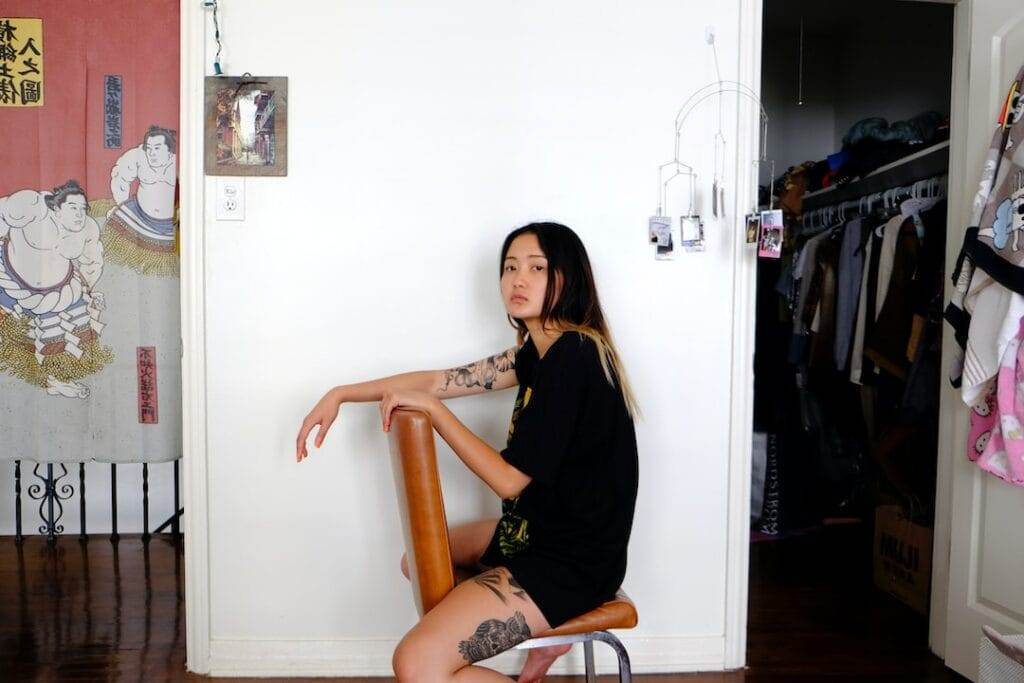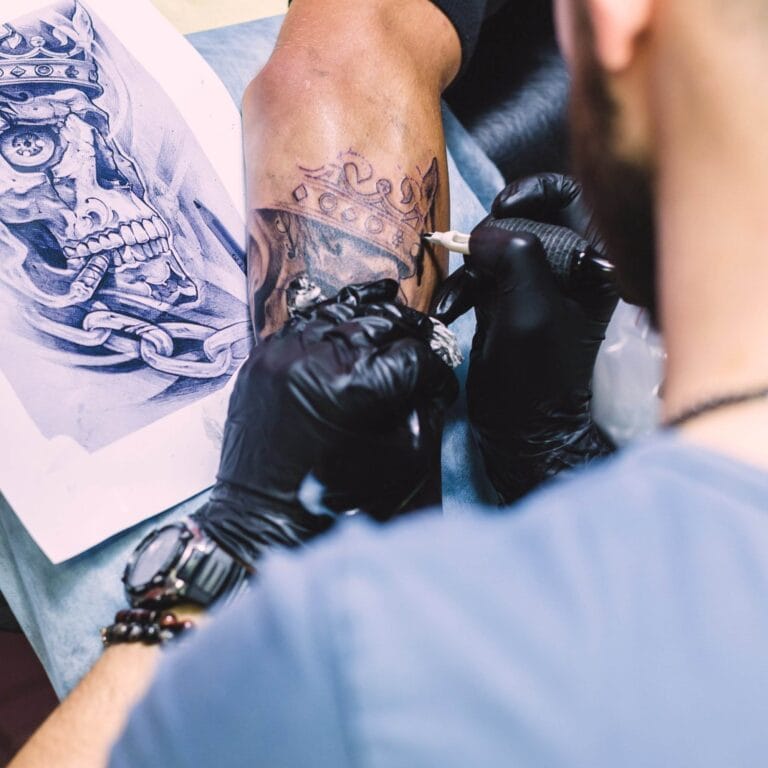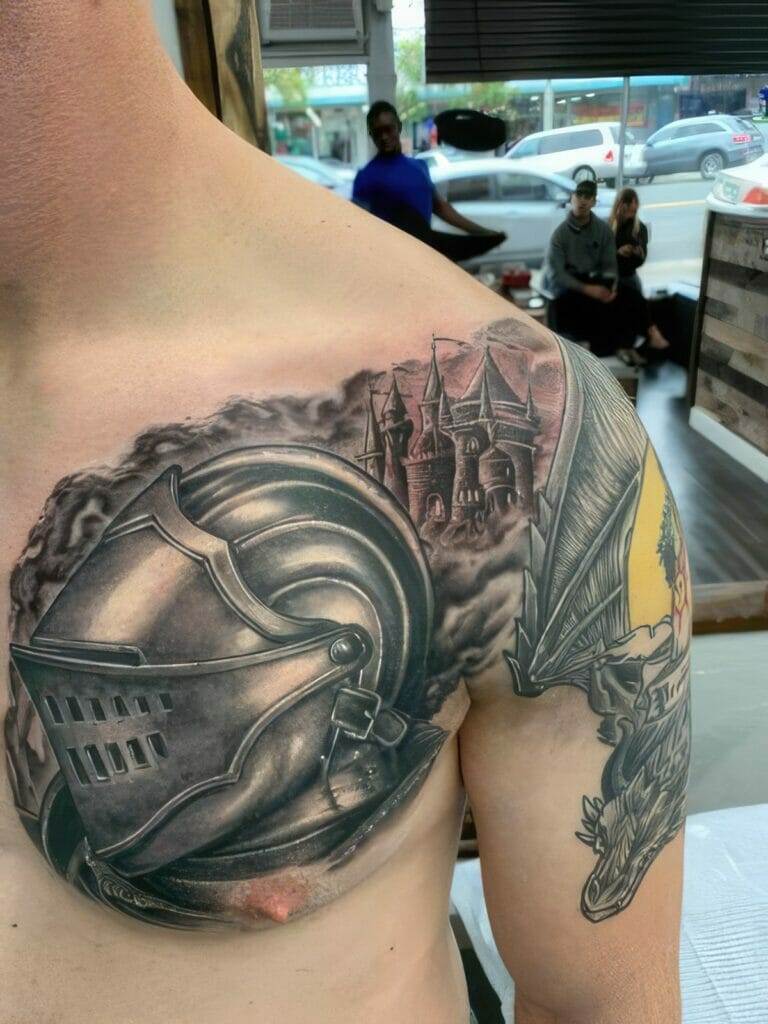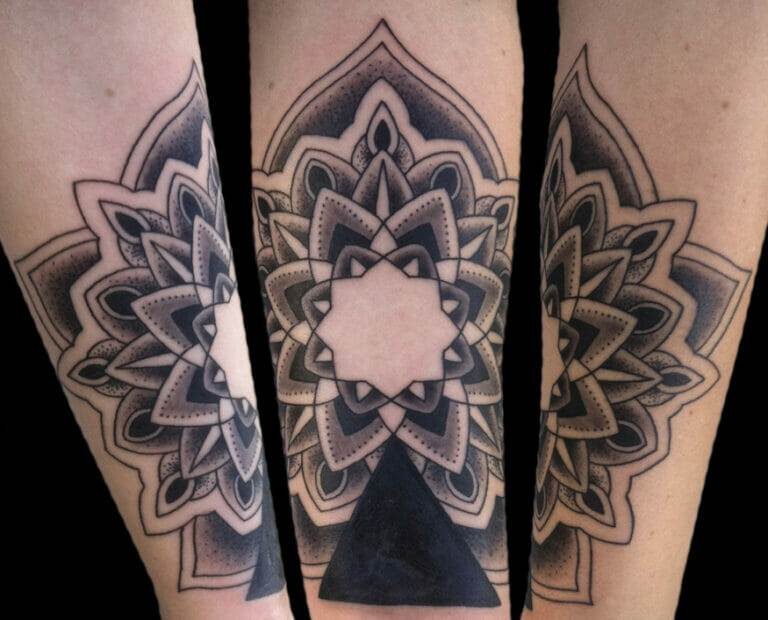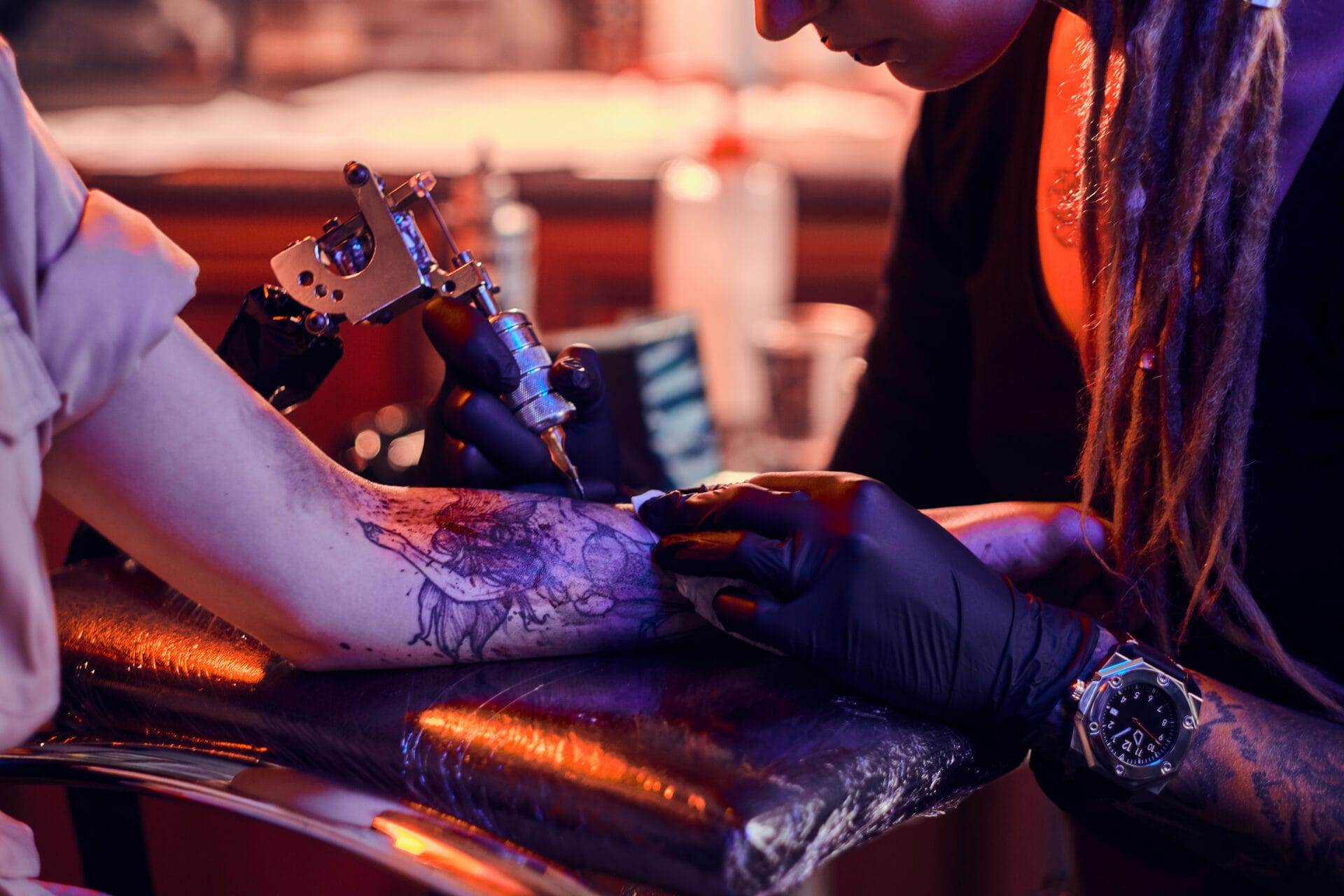
Introduction
Understanding the Tattoo Culture
Tattoo culture is a rich tapestry woven from tradition, self-expression, and artistry, evolving remarkably over the years. In many societies, tattoos have transitioned from a mark of tribal identity or a rite of passage to a popular form of personal expression. Today, individuals don ink for various reasons, including:
- Artistic Expression: Tattoos are often viewed as wearable art, showcasing a person’s unique style and personality.
- Commemoration: Many choose tattoos to memorialize loved ones or significant life events.
- Cultural Identity: Tattoos can reflect one’s heritage and cultural background, celebrating important symbols and meanings.
Understanding this cultural context is essential for anyone considering their first tattoo, as it informs the choices surrounding design, meaning, and significance.
Importance of Researching Before Getting Inked
Before stepping into the tattoo studio, it’s crucial to do your homework. Research can help ensure a positive experience and a tattoo you’ll cherish for years to come. Here are some vital steps to consider:
- Understanding Tattoo Styles: Learn about the various styles—traditional, realism, watercolor, and tribal—to find what resonates with you.
- Choosing Meaningful Designs: Reflect on what symbols or images hold significance for you personally.
- Exploring Popular Artists: Investigate local artists, their portfolios, and styles to find someone who aligns with your vision.
In summary, knowing the intricacies of tattoo culture and investing time in thorough research not only enhances your overall experience but also helps set the foundation for a meaningful choice that resonates with your identity.
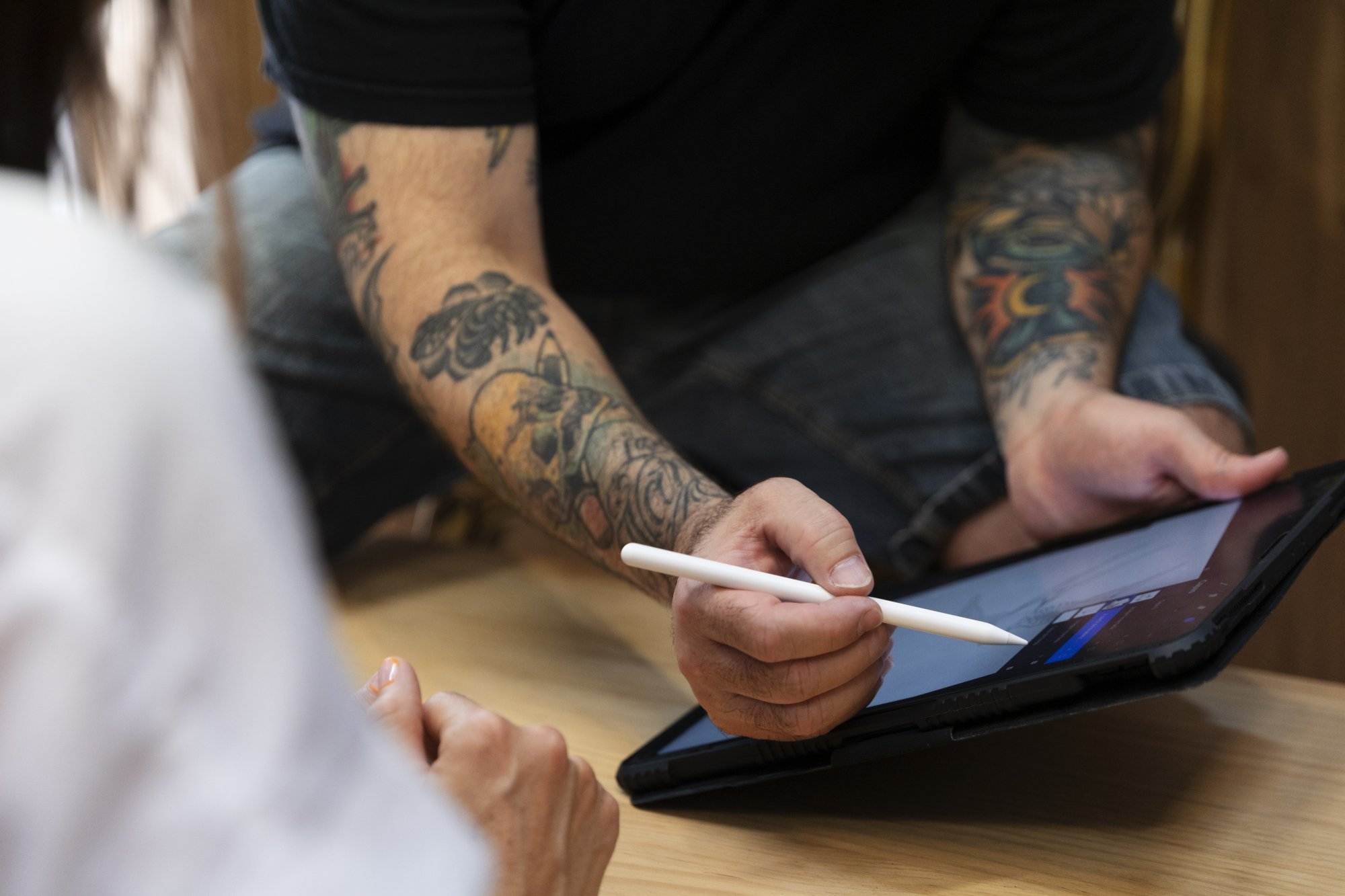
Preparing for Your First Tattoo
Choosing the Right Design
Now that you’ve immersed yourself in tattoo culture and researched if tattoos are for you, the next step is to choose the right design. This is a deeply personal decision, and it’s essential to pick something that resonates with you emotionally and aesthetically. Here are some considerations:
- Personal Significance: Think about symbols, quotes, or images that hold meaning in your life. What story do you want your tattoo to tell?
- Research Designs: Browse through tattoo galleries and social media for inspiration. You might discover styles you hadn’t considered before.
- Cohesiveness: If you plan on getting multiple tattoos, consider how they’ll look together. A theme or color palette can create a unified look.
Ultimately, take your time with this decision—after all, tattoos are permanent!
Selecting the Ideal Placement
Once you have your design in mind, the next step is to think about where on your body you want it inked. The placement can significantly impact both visibility and the meanings associated with your tattoo. Consider these factors:
- Visibility: Do you want your tattoo to be easily visible or more discreet?
- Pain Sensitivity: Some areas of the body are more sensitive than others, affecting your comfort during the tattooing process.
- Size and Design Interaction: The design’s intricacies may dictate where it fits best. Larger tattoos often require more expansive areas like the back or thighs.
In essence, the right placement will not only enhance the design but also ensure that it aligns with your personal preferences and lifestyle. Be open to experimenting with ideas and listen to your intuition; this is your art, after all!
Finding the Right Tattoo Artist
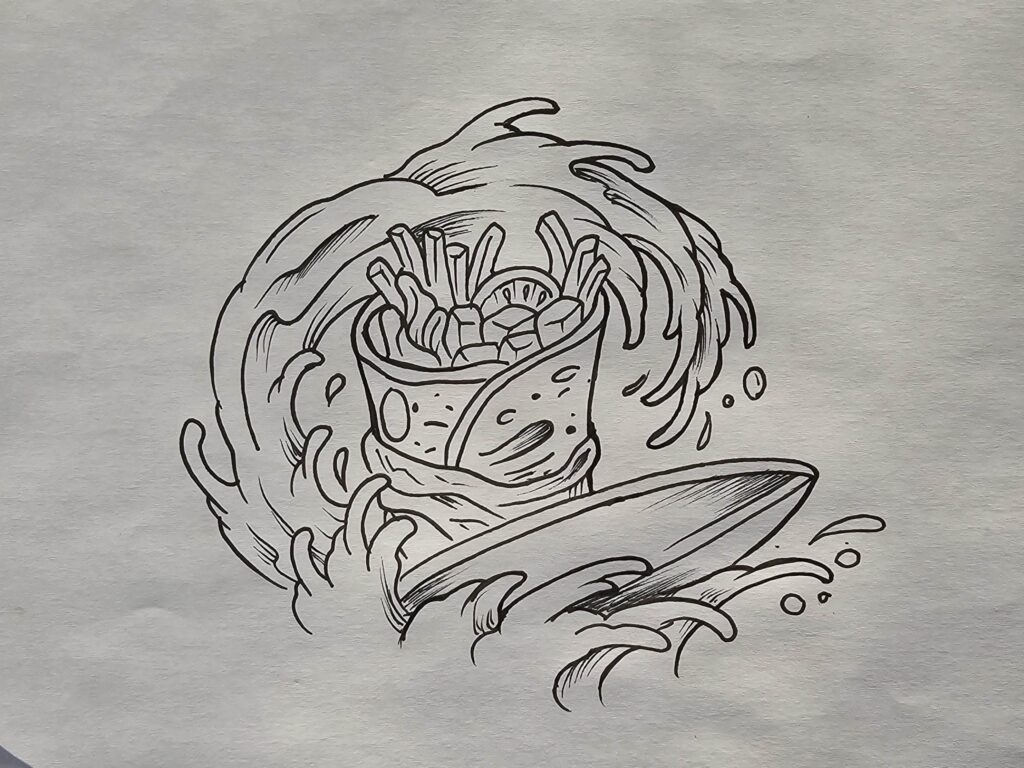
Researching Tattoo Artists Near You
Having settled on a design and placement, the next significant step is finding the right tattoo artist. This choice will greatly influence the quality and overall experience of your tattooing journey. Start your search by exploring artists in your area. Here are some effective strategies:
- Check Online Reviews: Websites and social media platforms can provide insights into an artist’s reputation. Look for feedback regarding cleanliness, professionalism, and the tattooing process.
- Visit Local Tattoo Studios: If possible, tour some local studios. Pay attention to the cleanliness, the atmosphere, and the attitude of the staff.
- View Portfolios: Most tattoo artists will have portfolios showcasing their previous work. Look for consistency in style and technique that aligns with your vision.
Taking the time to research tattoo artists will ensure you find someone who resonates with your aesthetic and can bring your vision to life.
Questions to Ask During Consultation
Once you’ve narrowed down your choices, scheduling a consultation is crucial. This meeting is an opportunity for you to ask questions and gauge the artist’s suitability for your tattoo. Here are some important questions to consider:
- What is your experience with this style? Understanding the artist’s specialty can help you decide if they are the right fit.
- Can you show me healed examples of your work? Seeing how tattoos have aged can give you insight into the artist’s skill.
- What is your process for hygiene and safety? Ensure that the artist follows proper sterilization protocols to protect your health.
Remember, a good artist will be open, communicative, and willing to address any concerns you may have. Taking the time to find the right tattoo artist is not just about the tattoo itself; it’s about partnering with someone who respects your vision and keeps your well-being in mind.
Tattoo Aftercare Tips
Properly Cleaning and Moisturizing the Tattoo
After getting your tattoo, taking proper care of it is crucial for ensuring its longevity and vibrancy. One of the first steps in your aftercare routine is to clean and moisturize your tattoo correctly. Here’s how you can do it:
- Use Gentle Soap: Start by washing your tattoo gently with mild, unscented soap and lukewarm water. Avoid aggressive scrubbing and opt for your fingertips.
- Pat Dry: After cleaning, gently pat the area dry with a clean, soft towel instead of rubbing it.
- Apply Moisturizer: Use a fragrance-free, hypoallergenic moisturizer, preferably recommended by your tattoo artist, to keep the tattoo hydrated. Apply a thin layer, avoiding excess.
Maintaining cleanliness and moisture can significantly reduce the risk of infection and promote healing.
Avoiding Activities that Can Damage Your New Ink
While healing, it’s essential to avoid certain activities that could jeopardize your new ink. Here are some key practices to consider:
- No Swimming: Stay out of pools, hot tubs, and oceans for at least two weeks, as these can introduce bacteria and irritate the tattoo.
- Limit Sun Exposure: Direct sunlight can fade your tattoo. If you must be outside, cover the tattoo or use a high-SPF sunscreen once it has fully healed.
- Avoid Tight Clothing: Fabrics that rub against your tattoo can cause irritation. Opt for loose-fitting clothes, especially during the initial healing phase.
By adhering to these aftercare tips and avoiding risky activities, you’ll help ensure that your tattoo heals beautifully, preserving the art for years to come. Remember, the initial days are critical for setting the foundation of your tattoo’s health and appearance!
Dealing with Pain During the Tattoo Process
Understanding Pain Tolerance Levels
When considering your first tattoo, it’s normal to be apprehensive about the pain involved. Pain tolerance varies significantly from person to person, influenced by various factors, including:
- Individual Threshold: Some people have a higher natural tolerance to pain, while others may find the experience more intense.
- Tattoo Location: Areas with more muscle and fat tend to hurt less than bony or sensitive regions. Common painful spots include the ribs, spine, and ankles.
- Previous Experiences: If you’ve had any prior tattoo or body modification experience, those memories may impact your current perception of pain.
Understanding your pain tolerance can help you mentally prepare for the tattooing process. It’s essential to remember that while discomfort is expected, it’s often manageable.
Relaxation Techniques to Help Manage Discomfort
To ease the experience, consider employing relaxation techniques during your tattoo session. Here are some effective strategies:
- Deep Breathing: Take slow, deep breaths to help calm your nervous system. Inhale through your nose, hold for a moment, and exhale slowly through your mouth.
- Meditation or Visualization: Imagine yourself in a serene environment, focusing on calming imagery or sounds to distract from the sensations.
- Listen to Music: Bring headphones and play your favorite tunes or calming sounds to redirect your focus.
Utilizing these techniques can significantly enhance your tattoo experience, helping you manage discomfort and making the process more enjoyable. Consider discussing these strategies with your tattoo artist beforehand, as they can help accommodate your needs and create a supportive environment during the session. Remember, this is your journey, and it’s all about making it as comfortable as possible!
Tattoo Removal Information
Exploring Different Tattoo Removal Methods
While tattoos can be a significant form of self-expression, it’s also essential to consider that life changes may lead to regrets. Thankfully, various methods are available for tattoo removal, each with its own advantages and considerations:
- Laser Removal: This is the most common method, using high-intensity light to break down ink particles. Multiple sessions are often required, and results can vary based on ink color and skin type.
- Dermabrasion: This technique involves sanding the skin to remove layers, effectively eliminating the tattoo. However, it can be painful and may leave scarring.
- Surgical Excision: For smaller tattoos, surgical removal may be an option. This involves cutting out the tattooed skin and stitching the area, which generally results in scarring.
Before deciding on a removal method, it’s important to consult a qualified professional to discuss your specific situation.
Considerations Before Getting a Tattoo You Might Regret
Before committing to your tattoo, consider these factors to help lessen the likelihood of future regrets:
- Think Long-Term: Trends change, and what seems appealing now may not resonate years down the line. Consider designs with personal significance that withstand the test of time.
- Placement Matters: Tattoos in more visible areas may affect career opportunities and personal perceptions. Choose placement wisely.
- Do Your Research: Investigate the artist and design thoroughly. Ensure it aligns with your vision to avoid potential dissatisfaction.
By reflecting on these considerations and understanding removal options, you can make a more informed decision that reduces the chance of regret while embracing this unique form of expression. Remember, taking the time to evaluate your choice helps ensure that your tattoo stays a symbol of pride rather than a source of concern.
Exploring Tattoo Styles and Techniques
Traditional vs. Modern Tattoo Styles
Now that you’re equipped with knowledge about tattoo removal and considerations before getting inked, let’s delve into the fascinating world of tattoo styles. One of the fundamental distinctions in tattoo art is between traditional and modern styles.
- Traditional Tattoos: Often characterized by bold lines and a limited color palette, traditional tattoos originated from maritime cultures and military influences. Common motifs include anchors, roses, and skulls, which carry meanings of strength or remembrance. This style emphasizes clarity and symbolism, making it timeless.
- Modern Tattoos: In contrast, modern tattoo styles embrace a vast range of techniques and designs, from realistic portraits to abstract, watercolor, and geometric patterns. Modern artists often experiment with colors and shapes, pushing the boundaries of traditional aesthetics. This style is diverse, reflecting not only individual expression but also contemporary issues and artistry.
Understanding these distinctions can help you select a style that resonates with your personality and artistic preferences.
Understanding the Different Tattooing Techniques
Beyond style, tattooing techniques also play a crucial role in the final outcome of your tattoo. Here are some common techniques to be aware of:
- Single Needle: This technique uses a single needle to create delicate and detailed designs, ideal for fine line work and intricate patterns.
- Black and Grey: Artists utilize shades of black and grey ink to create depth and shadowing. This method is particularly popular in realism and portrait tattoos.
- Color Packing: This technique involves filling large areas with vibrant colors, showcasing bold, solid designs that stand out.
By exploring both styles and techniques, you can better articulate your vision to your tattoo artist, ensuring a successful and satisfying tattoo experience. Whether you lean towards tradition or modernity, there’s a vast world of ink waiting to be discovered!
Overcoming Common Tattoo Myths and Misconceptions
Addressing Stereotypes About People with Tattoos
As you explore the world of tattoos, you may encounter various myths and stereotypes that can cloud judgment about this art form and those who embrace it. One common misconception is that people with tattoos are often viewed as rebellious or unprofessional. However, studies and shifting societal norms show that tattoos are becoming increasingly accepted across different demographics, including corporate environments. Here are some points to consider:
- Diversity of Tattoo Bearers: Individuals from all walks of life, including professionals, educators, and parents, proudly showcase their ink, representing a broad spectrum of motivations and meanings.
- Personal Expression: Tattoos often tell a story or symbolize meaningful experiences, enhancing personal identity rather than detracting from it.
In light of this, it’s essential to approach people with tattoos with an open mind and recognize their individuality.
Debunking Tattoo Healing Myths
In addition to stereotypes, misconceptions about tattoo healing also abound. Proper aftercare is critical to achieving the best results, yet many myths can lead to unnecessary concern. Let’s debunk some of the most pervasive myths:
- Myth: Tattoos don’t need any special care. The truth is, proper cleaning and moisturizing are essential for preventing infections and ensuring vibrant colors.
- Myth: You can’t exercise or sweat after getting a tattoo. While it’s advised to avoid intense workouts during the first few days of healing, light activity is typically acceptable once initial healing has begun.
Confronting these myths is vital for anyone considering a tattoo. By understanding the realities of tattoo culture and the healing process, you can make informed decisions that enhance your tattoo experience and artistry over time. Stay curious, seek the truth, and embrace the amazing world of tattoos!
Tips for Maintaining the Appearance of Your Tattoo
Protecting Your Tattoo from Sun Damage
To ensure your tattoo remains vibrant and aesthetically pleasing over time, protecting it from sun damage is crucial. Ultraviolet (UV) rays can cause fading and deterioration of the ink, which can affect the overall quality of your design. Here are some practical tips to keep your tattoo looking fresh:
- Use Sunscreen: Apply a high-SPF, broad-spectrum sunscreen to your tattoo whenever you anticipate sun exposure. Look for products specifically designed for sensitive skin to avoid irritation.
- Cover Up: Whenever possible, wear clothing that covers your tattoo, especially during peak sun hours. Lightweight, UV-protective clothing can act as an additional barrier against sun damage.
- Stay Hydrated: Keeping your skin hydrated by drinking plenty of water helps maintain skin elasticity and overall health, contributing to the longevity of your tattoo.
By prioritizing sun protection, you can significantly extend the life and vibrancy of your body art.
Touch-Up and Maintenance Recommendations
Even with proper aftercare, tattoos may require touch-ups to maintain their appearance, especially over time. Here are some tips to consider:
- Schedule Regular Touch-Ups: Consider scheduling a touch-up session with your tattoo artist every few years, particularly for colorful or intricate designs, to keep them looking crisp and vibrant.
- Moisturize Regularly: Consistent moisturizing helps prevent dryness and flaking, which can dull the appearance of your tattoo. Look for fragrance-free lotions that won’t irritate your skin.
- Avoid Harsh Products: Steer clear of exfoliants or harsh chemicals that may damage the skin and affect the tattoo’s look.
By incorporating these maintenance strategies into your routine, you can ensure that your tattoo continues to be a source of pride and joy, showcasing your story and artistry for years to come.
Conclusion
Throughout this exploration of tattoo culture, styles, techniques, and care, it’s clear that getting a tattoo is more than just a momentary decision; it’s a journey filled with self-expression and personal significance. Understanding the nuances—from selecting the right design and artist to maintaining and caring for your ink—plays a critical role in ensuring a positive and enduring tattoo experience.
Key Takeaways
As you reflect on everything discussed, here are some key takeaways to remember:
- Research is Vital: Spend time learning about tattoo styles, techniques, and artists. This foundation will help you make informed decisions.
- Aftercare Matters: Proper care, particularly during the healing phase, is essential for preserving the vibrancy and integrity of your tattoo.
- Emotional Connection: Choose designs that resonate deeply with you, as tattoos are a form of storytelling and personal legacy.
Ultimately, tattoos can serve as profound reminders of experiences, milestones, or beliefs that shape who you are. Whether you’re contemplating your first piece of art or looking to maintain the tattoos you already have, each step on this journey contributes to a lifelong narrative etched into your skin. Embrace the artistry, express your identity, and enjoy the beautiful connection that tattoos foster between you and your personal journey!


